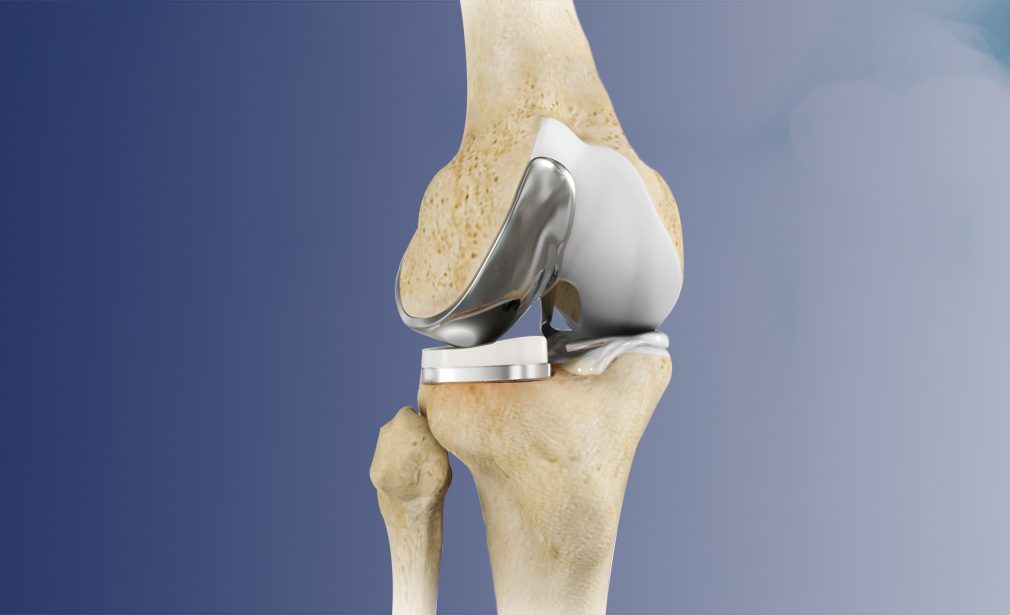Partial Knee Replacement (PKR), also known as Unicompartmental Knee Replacement, is a surgical procedure designed to alleviate pain and restore function in patients with arthritis or significant damage confined to a single compartment of the knee joint. Unlike Total Knee Replacement (TKR), which addresses the entire knee joint, PKR focuses on the affected area, preserving healthy bone and tissue.
What is Partial Knee Replacement? The knee joint comprises three compartments: 1) Medial Compartment: Inner side of the knee. 2) Lateral Compartment: Outer side of the knee. 3) Patellofemoral Compartment: Area beneath the kneecap. In PKR, only the damaged compartment is resurfaced with metal and plastic components, while the healthy parts remain untouched.
Dr Urvil Shah specialises in Oxford Microplasty (partial knee replacement), only implant with a research data dating back to more than 60 years. The common symptoms of “Patients requiring” partial knee replacement are:
- Ongoing pain in the knee that doesn't improve with rest or over-the-counter medications.
- Difficulty performing daily activities such as walking, climbing stairs, or getting in and out of chairs.
- Ongoing swelling that doesn't subside with rest or medication.
- Failure to achieve relief from physical therapy, medications, or injections.
- Visible changes in knee alignment, such as bowing in or out.
- Challenges in performing everyday activities
Frequently asked questions
Partial Knee Replacement (PKR) is a surgical procedure designed to alleviate knee pain and restore function when only one compartment of the knee joint is affected by arthritis or damage. Understanding common questions about PKR can help patients make informed decisions regarding their treatment options.
Partial Knee Replacement, also known as unicompartmental knee replacement, involves replacing only the damaged compartment of the knee joint with a prosthetic implant, preserving the healthy bone and tissue. This approach is suitable for patients with arthritis confined to a single compartment of the knee.
In Total Knee Replacement (TKR), the entire knee joint is replaced, including all three compartments. PKR, on the other hand, addresses only the affected compartment, allowing for a less invasive procedure, smaller incisions, and potentially quicker recovery times.
Benefits of PKR include:
- Smaller incisions leading to less tissue damage.
- Shorter hospital stays and quicker recovery times.
- Preservation of healthy bone and tissue.
- Improved knee function and reduced pain.
The duration of PKR surgery typically ranges from one to two hours, depending on the complexity of the procedure and the patient’s specific condition.
Most patients can begin walking with assistance on the same day as the surgery. Full recovery, including the return to most daily activities, generally occurs within 15 days. However, complete healing may take several months, and physical therapy is often recommended to aid in recovery.
Partial knee replacements typically last 15 to 20 years or more before they require revision surgery. The longevity of the implant can vary based on factors such as the patient’s activity level, weight, and adherence to post-operative care.
Yes, physical therapy is a crucial component of the recovery process. It helps restore strength, flexibility, and function to the knee, facilitating a quicker and more effective recovery.


